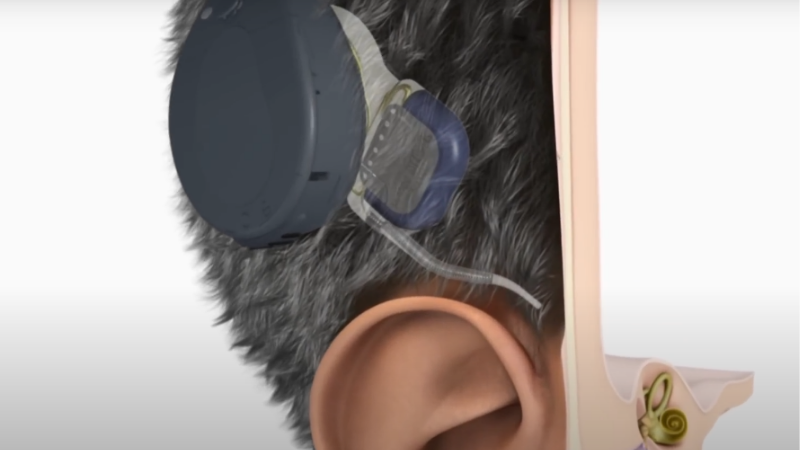
MED-EL
Published Jun 22, 2016
Rubies, Gold, and Platinum: What’s Inside Your Cochlear Implant?
So what is a cochlear implant? How does it work? MED-EL has been handmaking cochlear implants for over 25 years, so we know exactly what it takes to do it right. Now, you get the chance to see a break-down of the precision components and high-tech engineering which go into creating a cochlear implant.

The Parts of a Cochlear Implant
We’re going to strip a cochlear implant down to its very basics, so here are the five main parts:
If you don’t know how a cochlear implant works, it’s a good idea to watch this brief video that shows how all these parts work together.
Now, let’s dive in.
The Electrode Array
An electrode array is what carries sound information to the cochlea. It is a long, soft, and flexible line of silicone which contains up to 24 ultra-thin wires made out of platinum and iridium. One end is connected to the cochlear implant’s electronics. The other end has contacts that sit right next to the delicate hair cells in the cochlea.
Only the very tip of an electrode array is actually inserted into the cochlea; the rest covers the distance from the implant, which rests under the skin just behind the ear, all the way to the cochlea.
Cochleae come in many different shapes and sizes, so MED-EL electrode arrays do too. Some MED-EL electrode arrays are as short as 15 mm, while others are as long as 31.5 mm. At their widest, electrode arrays are approximately 1 mm wide, and at the very tip they are as thin as 0.3 mm. Here’s what some just-finished electrode arrays look like.
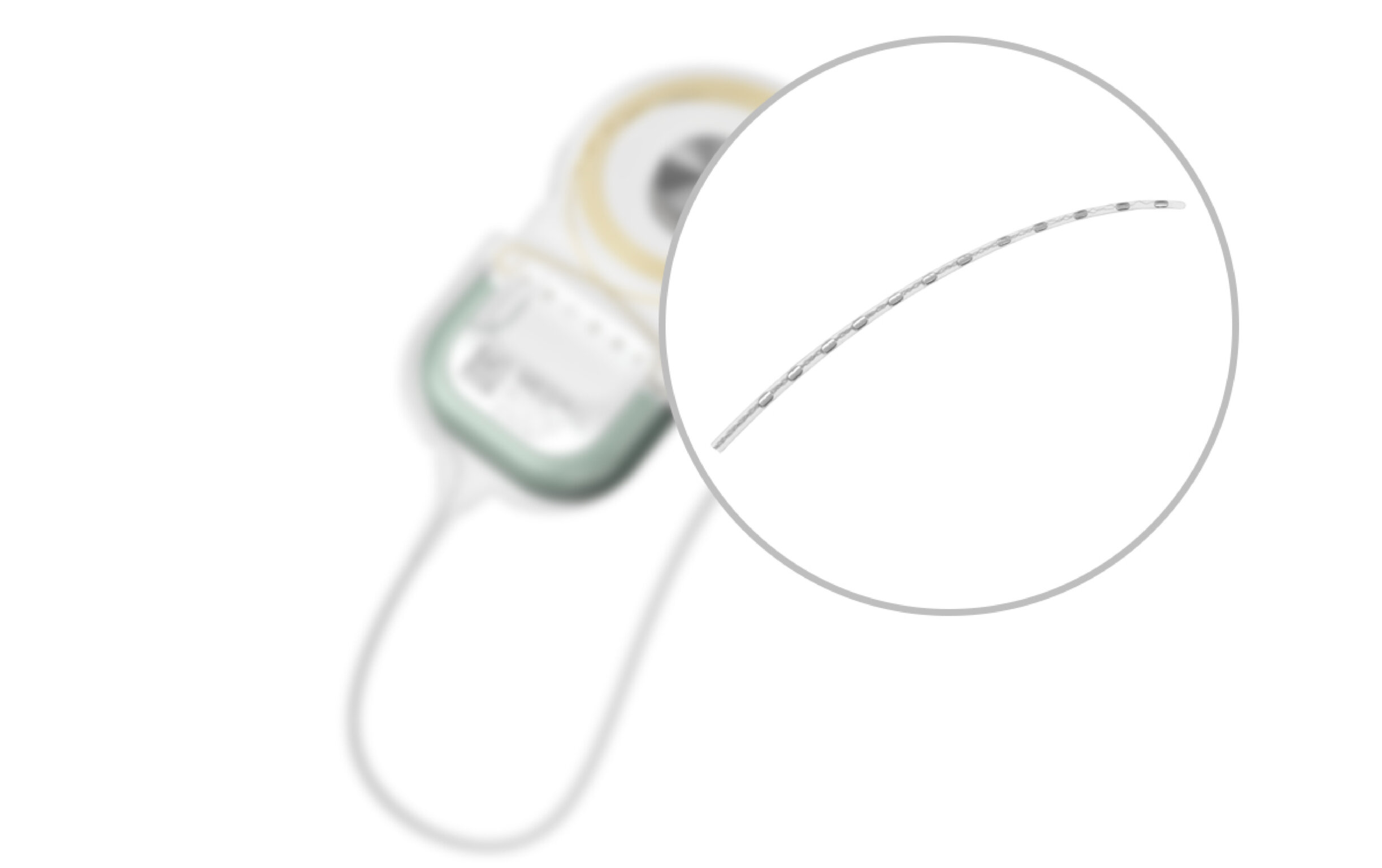
Blog article: learn more about the history of MED-EL electrode arrays.
The electrode arrays deliver sound signals directly to the cochlea, but where do these complex signals come from? That’s where the electronics come in.
The Electronics
The electronics receive information from the audio processor, and converts it into electrical pulses that the cochlea understands as sound.
The power of a cochlear implant’s electronics is measured by how much of this information it can send to the cochlea. The latest MED-EL electronics, those used in implants like the SYNCHRONY, are able to send 50,704 pulses per second across 12 channels.
MED-EL electronics have 12 individual power sources, so they can send this information to different parts of the cochlea at the same time. That’s like the difference between playing a piano just one finger at a time, or being able to play with both hands for full and resonant chords.
These twelve power sources are each insulated with ruby crystals for the highest sound quality.
Here are the electronics for five cochlear implants. These ones are connected to a circuit board that we use to test their performance before they’re incorporated into a cochlear implant.
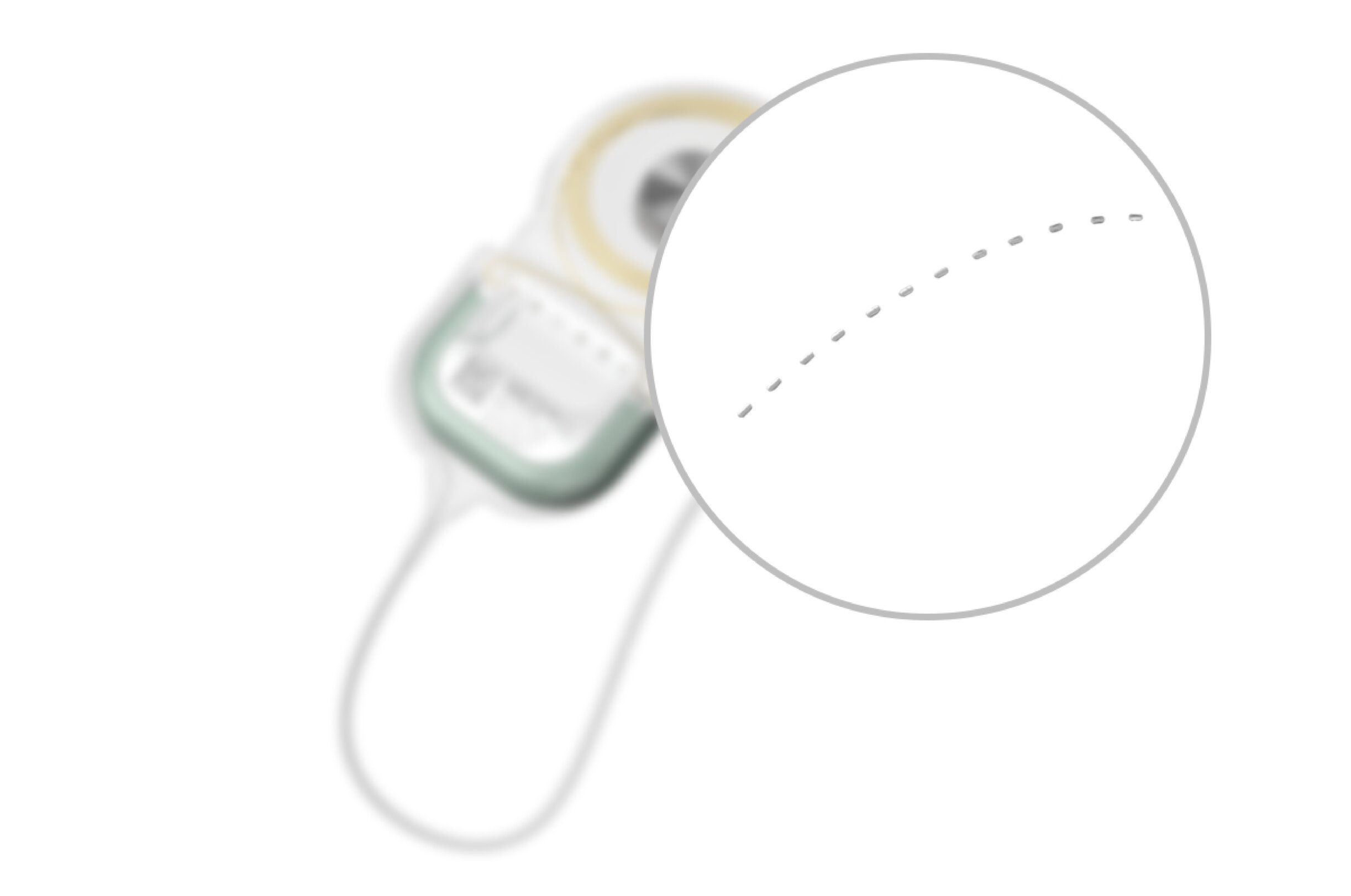
The electronics are kept safe inside a robust titanium housing.
The Titanium Housing
A single-piece titanium housing is responsible for protecting the electronics, which are inserted into this housing and then laser-welded shut.
We use titanium because it’s an incredibly strong metal, and doesn’t react to magnetic fields like those of an MRI. A MED-EL cochlear implant is only 4.5 mm thick, and the titanium housing itself is just fractions of a millimeter thick, but titanium is so strong that it can withstand impacts of up to 2.5 Joules—strong enough to protect you from falls, impacts, and other surprises you might encounter during your life.
Here’s a tray filled with housings that will become cochlear implants.
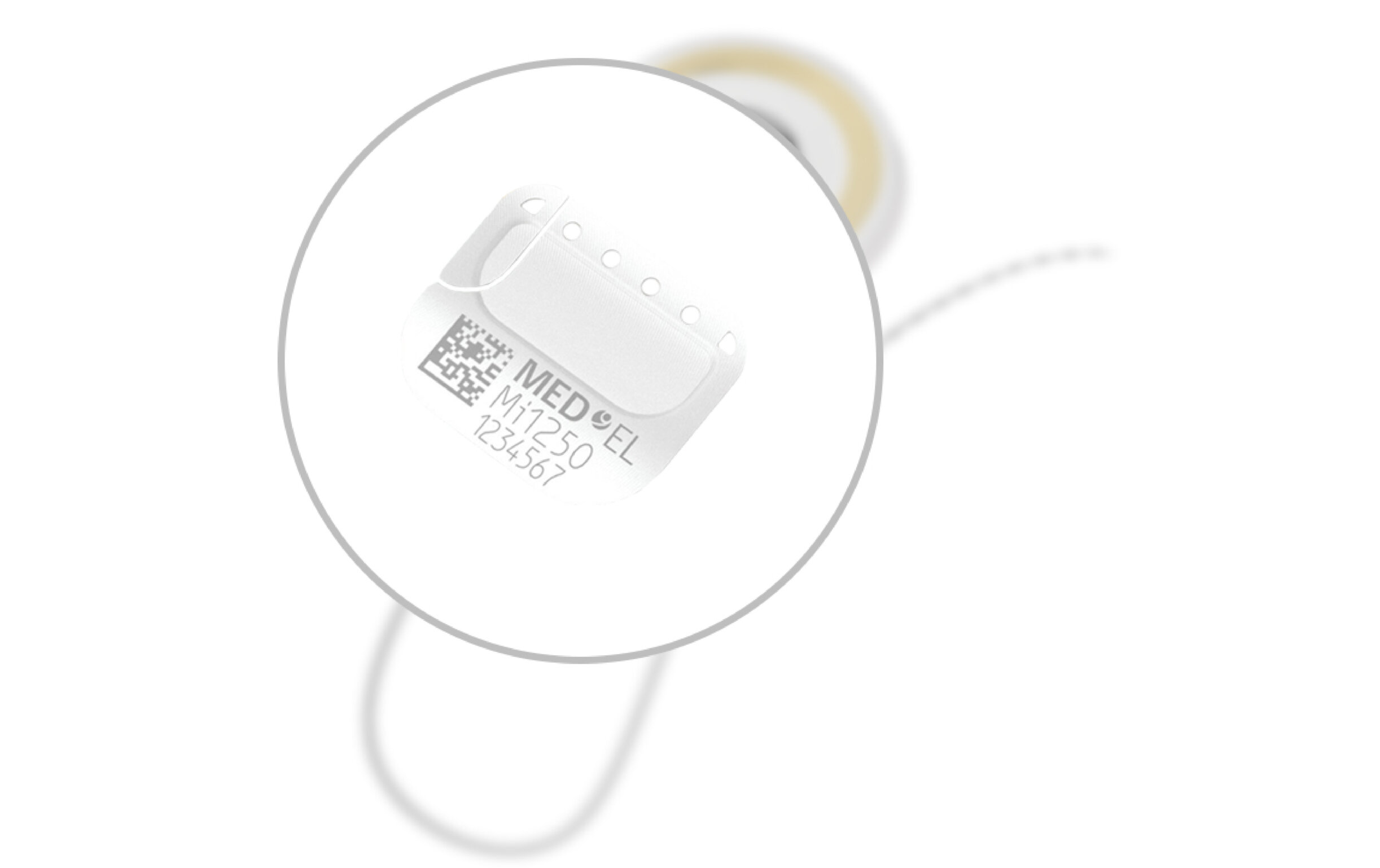
The Coil
The coil is what picks up the sound signals from the audio processor. The information is sent through electrostatic induction, and works in a way that is similar to wireless charging.
Each coil is made of approximately 50 cm of pure, 24 karat, gold wire. We use gold because it is both naturally corrosion resistant and highly conductive, which means that the electronics receive only the highest-quality signal.
Each of the coils starts as a straight wire and is wound by hand into a spiral. Here’s what coils look like just after being wound. Later, they’ll be welded to a cochlear implant’s electronics.
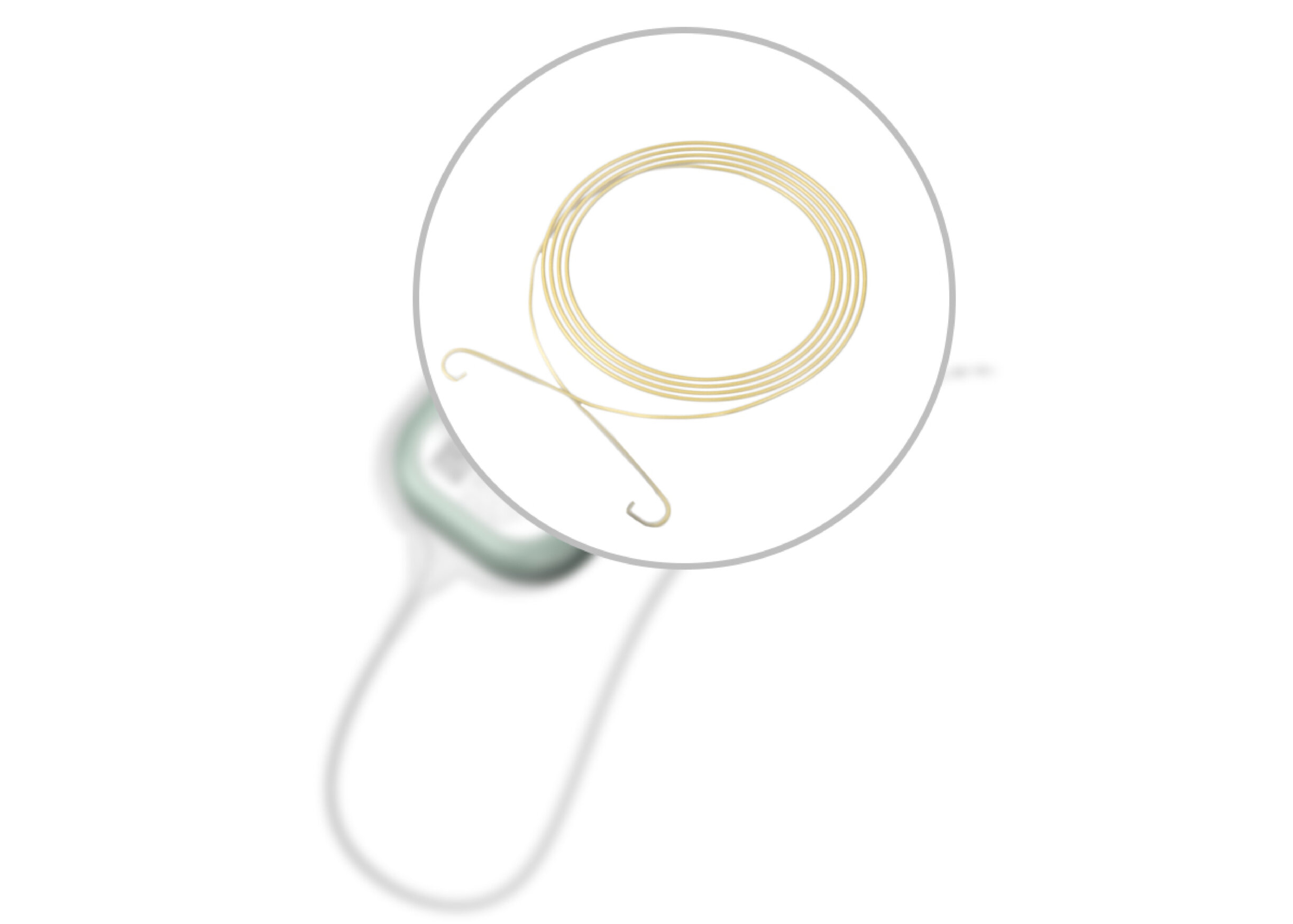
The implant coil and audio processor coil need to be perfectly aligned to send sound information, so they’re connected by magnets.
The Magnet
And finally, we have the magnet. It’s the magnet which keeps the external audio processor coil securely in place, so that the implant can receive the all-important sound signals.
One of the main considerations when designing a magnet is MRI. MRIs interact with all magnetic materials, and can be strong enough to lift a car, so it’s important to have a magnet that can withstand this strength.
The SYNCHRONY Cochlear Implant features our most revolutionary magnet design ever. It has a unique diametric magnetization, and freely rotates within its own laser-welded titanium housing. That means it can withstand high-power, 3.0 Tesla, MRIs without needing to be surgically removed, unlike any other cochlear implant available. And, it’s held firmly in place thanks to a polymer stiffening ring, which protects it against being accidently dislodged during MRIs or other activities.
Each of these blue discs is a magnet that will go into a cochlear implant:
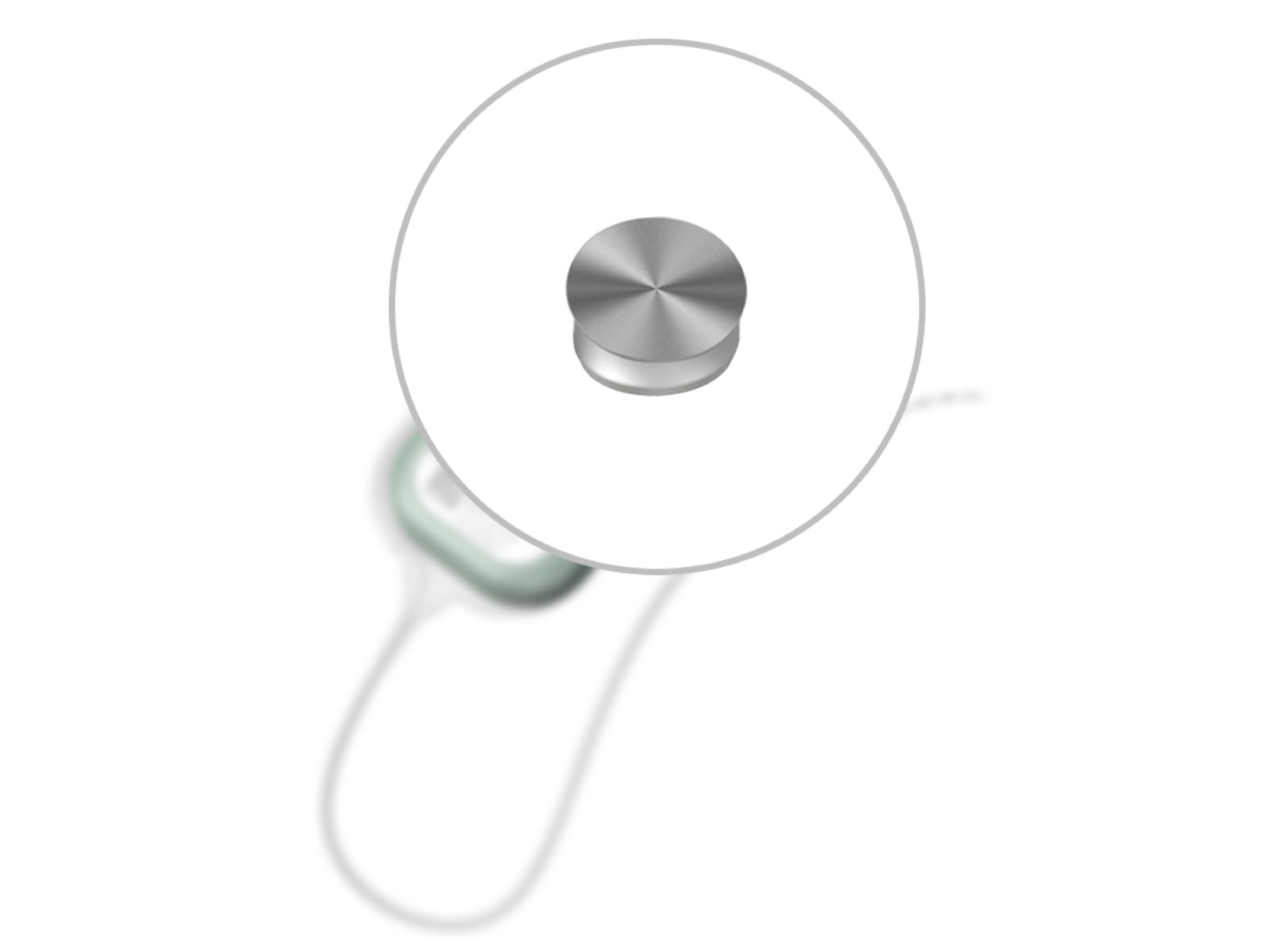
Blog article: interview with the inventor of SYNCHRONY’s rotatable magnet
The Completed MED-EL Cochlear Implant
Once all of these parts are put together, they’re sealed up in a silicone form for protection. The completed cochlear implants are packaged in a sterilized kit, sent to hospitals and clinics around the world, and implanted to help hundreds of thousands of people regain their ability to hear.
Here’s what a tray of brand-new MED-EL cochlear implants looks like, before they’re sent on their way from our Austrian headquarters:
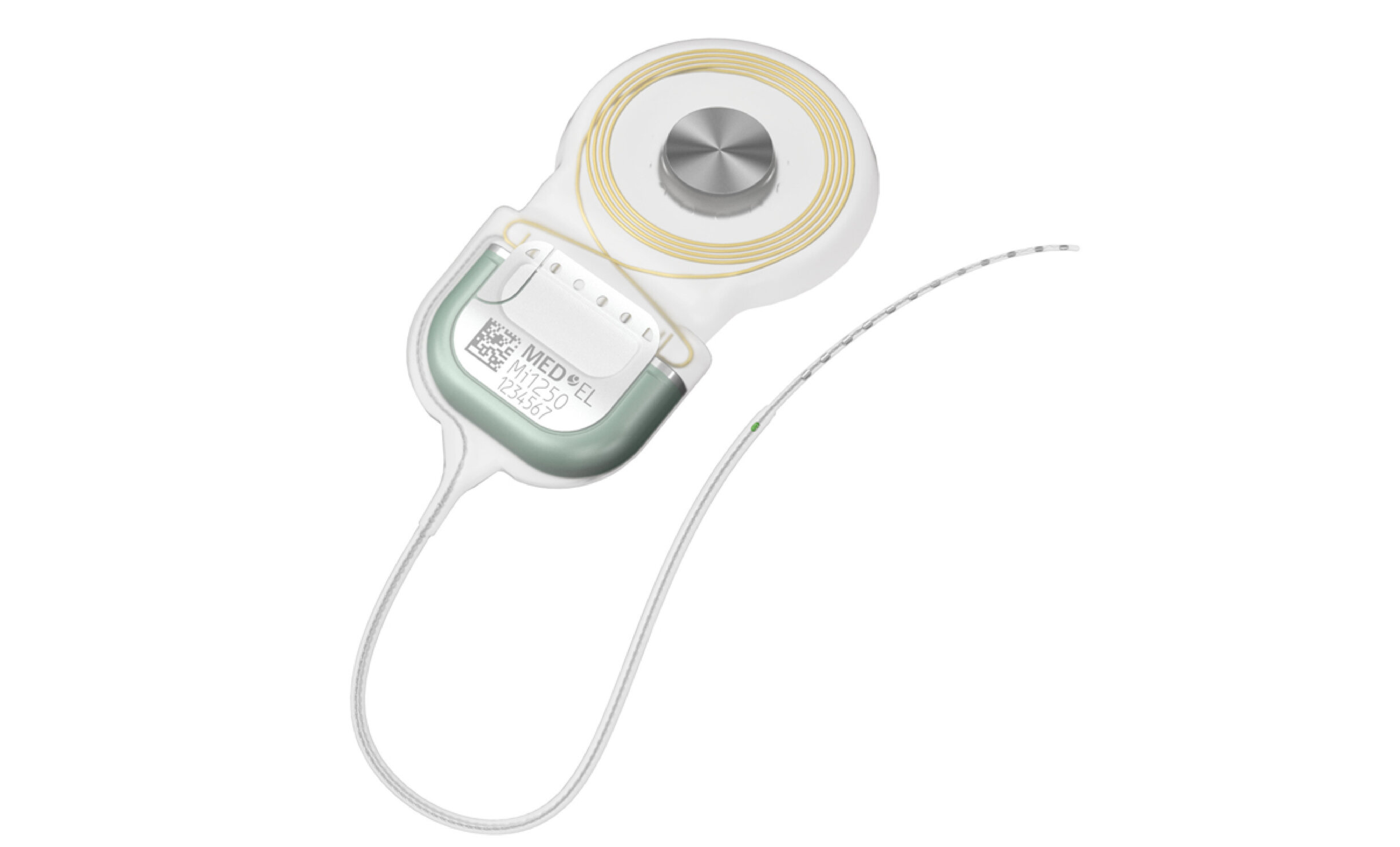
Read more about how we handmake our cochlear implants in these three articles:
References

MED-EL
Was this article helpful?
Thanks for your feedback.
Sign up for newsletter below for more.
Thanks for your feedback.
Please leave your message below.
Thanks for your message. We will reply as soon as possible.
Send us a message
Field is required
John Doe
Field is required
name@mail.com
Field is required
What do you think?
© MED-EL Medical Electronics. All rights reserved. The content on this website is for general informational purposes only and should not be taken as medical advice. Contact your doctor or hearing specialist to learn what type of hearing solution suits your specific needs. Not all products, features, or indications are approved in all countries.

MED-EL

MED-EL
.png)
